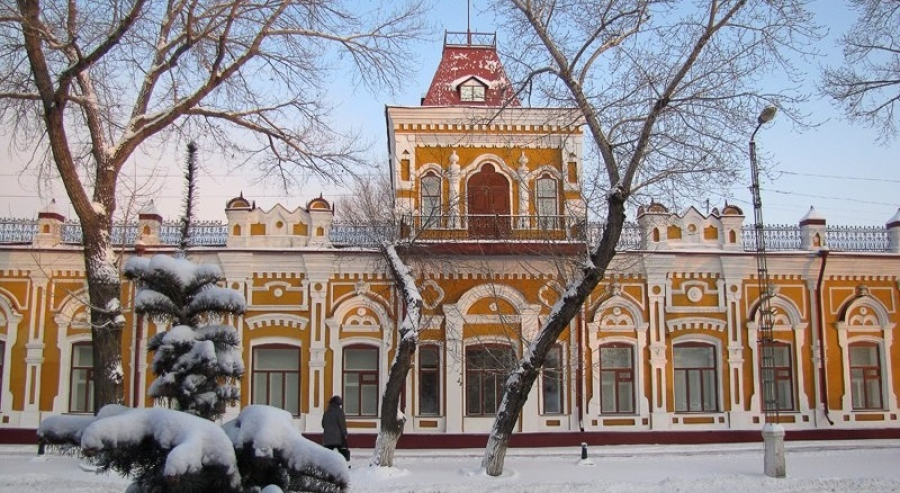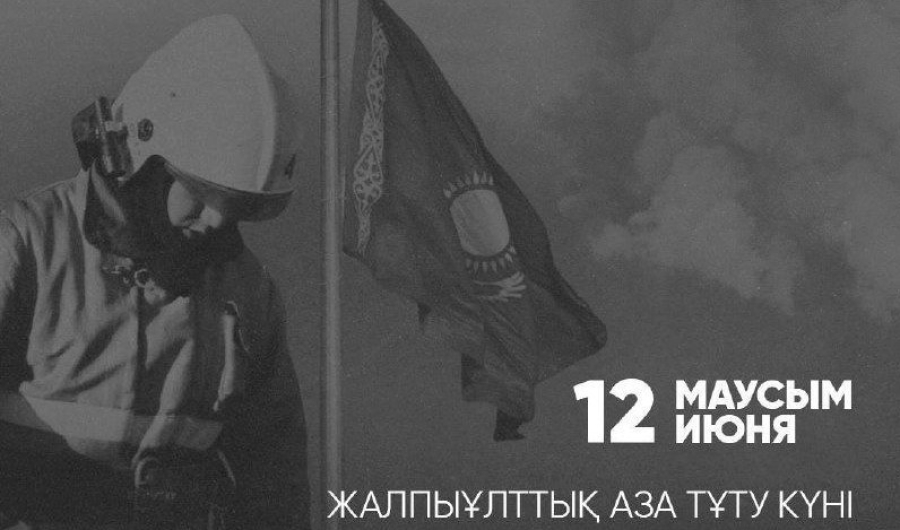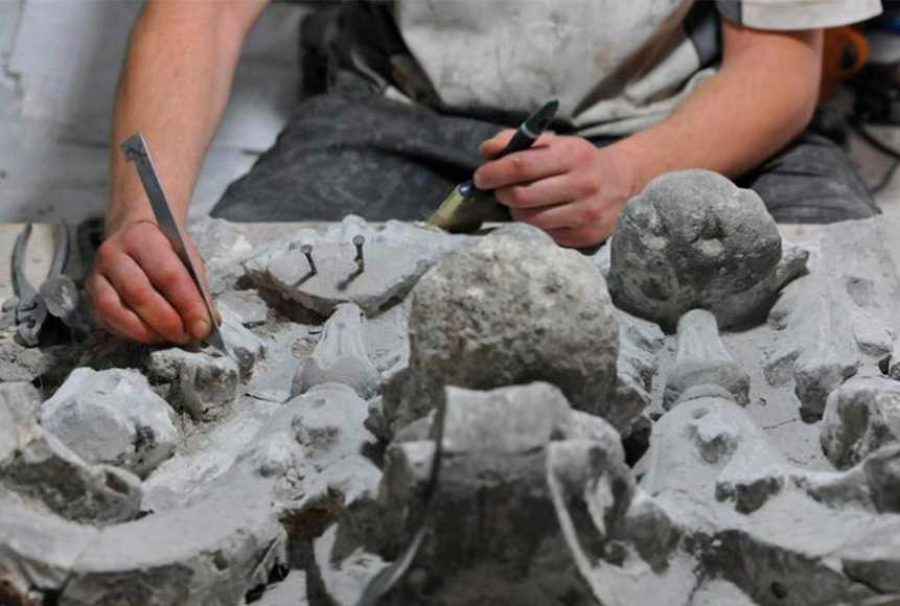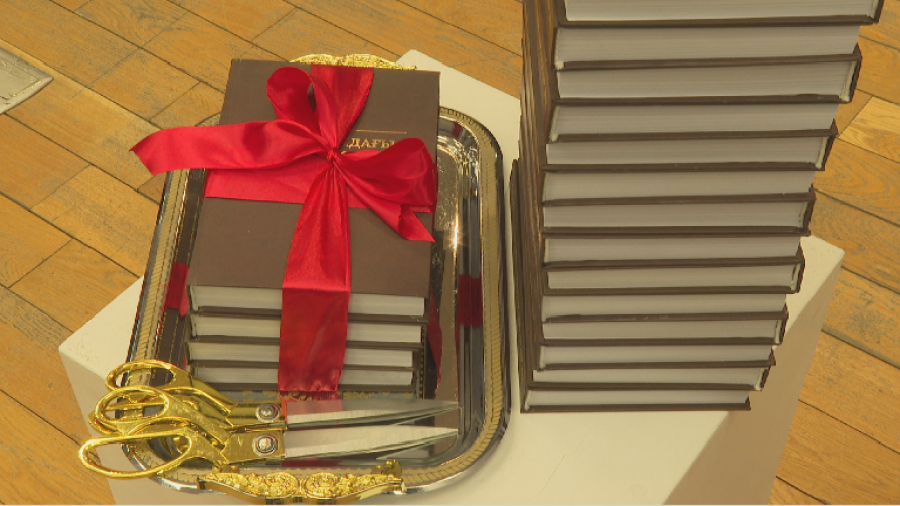
The regional local history museum in Pavlodar presents 3D model of nomads’ historical heritage such as stone sculptures, steles of the early Iron Age, rock paintings and many other interesting artifacts. For example, this is an exact copy of a wooden comb. It was used by a Sarmatian woman during her lifetime. The comb was burned along with the utensils in the funeral pyre, leaving only a petrified imprint in the ground. A unique artifact was found in the west of Kazakhstan in the Toksai burial ground.
“Such materials as wood and felt are practically not preserved. Those artifacts that archaeologists find are in rather poor condition. Therefore, they are also not displayed. They are kept by archaeologists, in the museums’ funds,” said archaeologist Georgy Peresvetov.
Using 3D scanning, archaeologists managed to recreate dozens of artifacts from the Scythian-Saka period and achieve their original form. Ancient people used them in the vast territory of Eurasia - from Mongolia and Altai to the Black Sea, including in the Pavlodar Yertis region.
“We were told many things in History of Kazakhstan classes, and we came here to personally see them. Exhibits impressed us very much. At the exhibition we saw ancient objects. I would like to get more information about other exhibits,” shared Guldana Adilova, the exhibition visitor.
“It is very impressive, because now everything is mostly mechanized, that is, everything is done with the help of modern technologies. It used to be recreated by hand. This is very impressive,” noted another exhibition visitor Kaua Shaimardanova.
The work of scientists to create a 3D copy of artifacts found in different parts of Eurasia will continue.
Translation by Saule Mukhamejanova
Editing by Galiya Khassenkhanova









